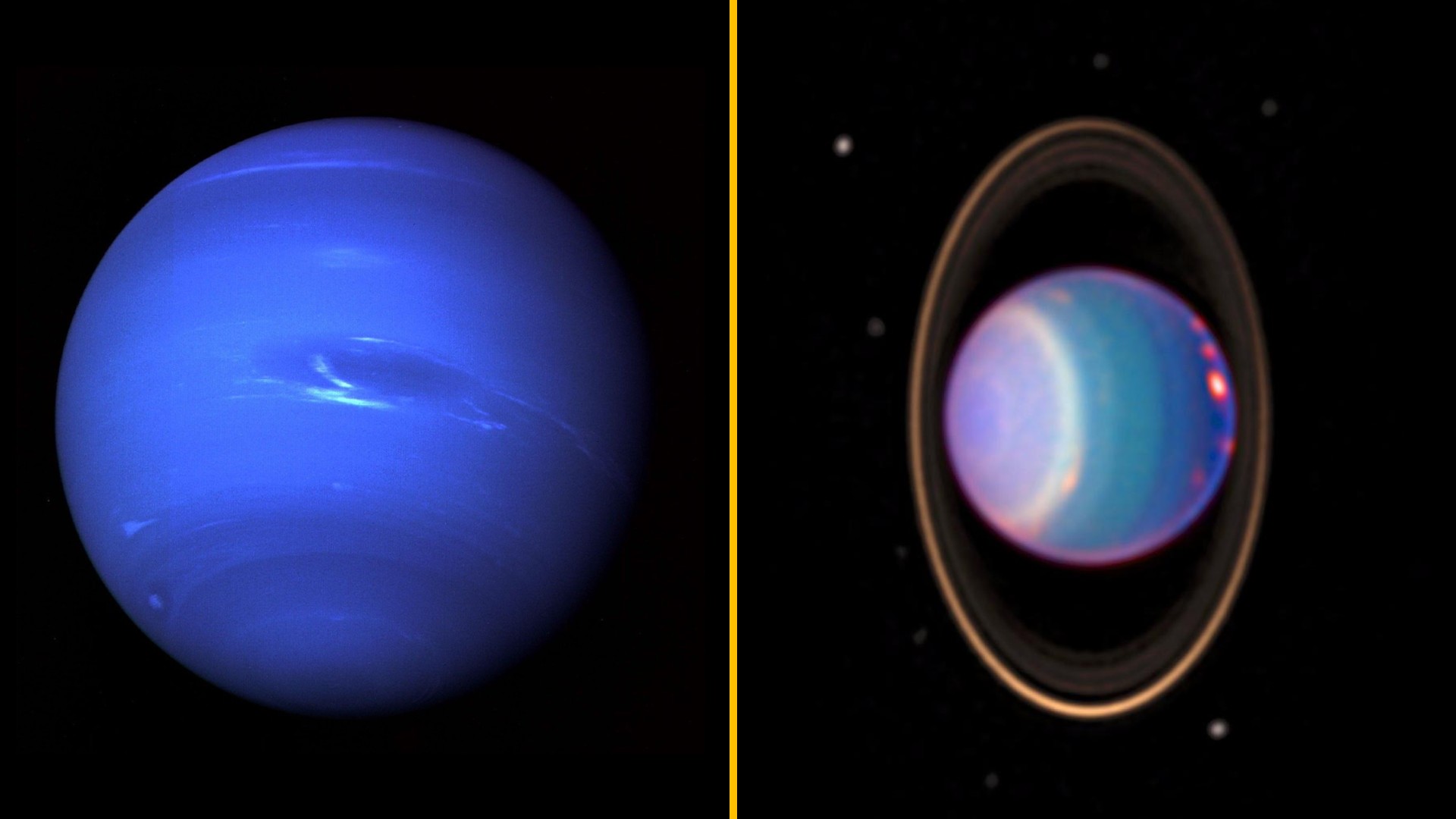Photos: Biblical-Era Cistern and Carvings Discovered in Israel
Faint Lines

When archaeologists first uncovered a large cistern ahead of the construction of a new neighborhood in Be'er Sheva, Israel, it looked like a rubble-filled depression in the ground. Excavations revealed an ancient water storage tank built in the first or second century A.D., almost 2,000 years ago. On the walls of this cistern were faint etchings, seen here. These etchings depict ships, human and animal-like forms. [Read more about the discovery of the cistern and carvings]
Enormous discovery
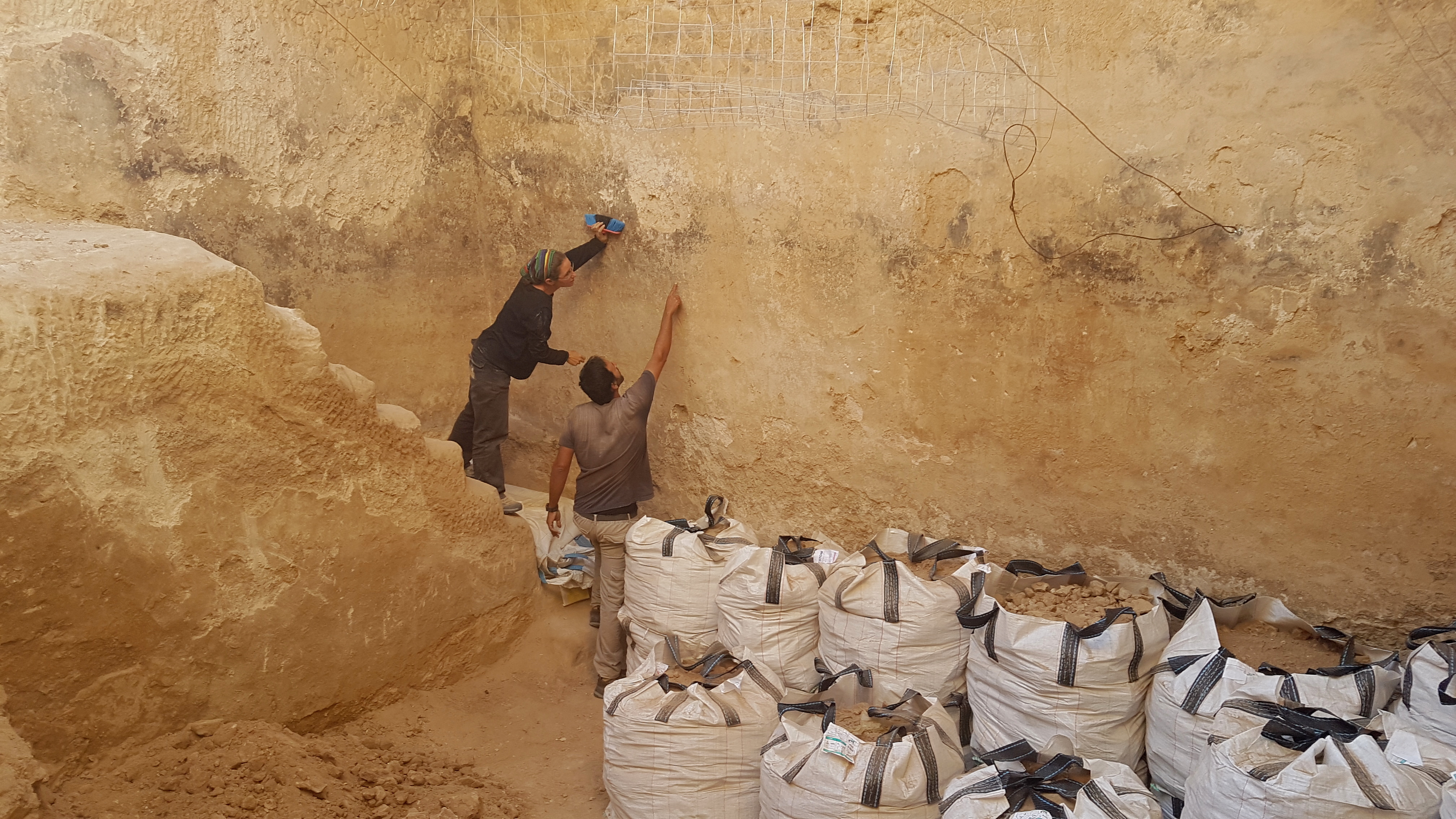
Researchers stand on 2,000-year-old rock-hewn steps inside the Be'er Sheva cistern. The structure is nearly 40 feet (12 meters) deep and is about 16 feet by 18 feet (5 by 5.5. m) across. The stairs and walls are plastered. Among the rubble pulled from the cistern were fragments of World War I-era pottery and ammunition, indicating that the structure was used until quite recently.
Taking Notes

The faint etchings on the cistern wall depict 13 ships, each with details and proportions that indicate that the person who drew them knew something about shipbuilding of the era. The etchings also depict at least one sailor and a number of "zoomorphs," which are animalistic figures that sometimes represent animal deities.
Stairway to Water
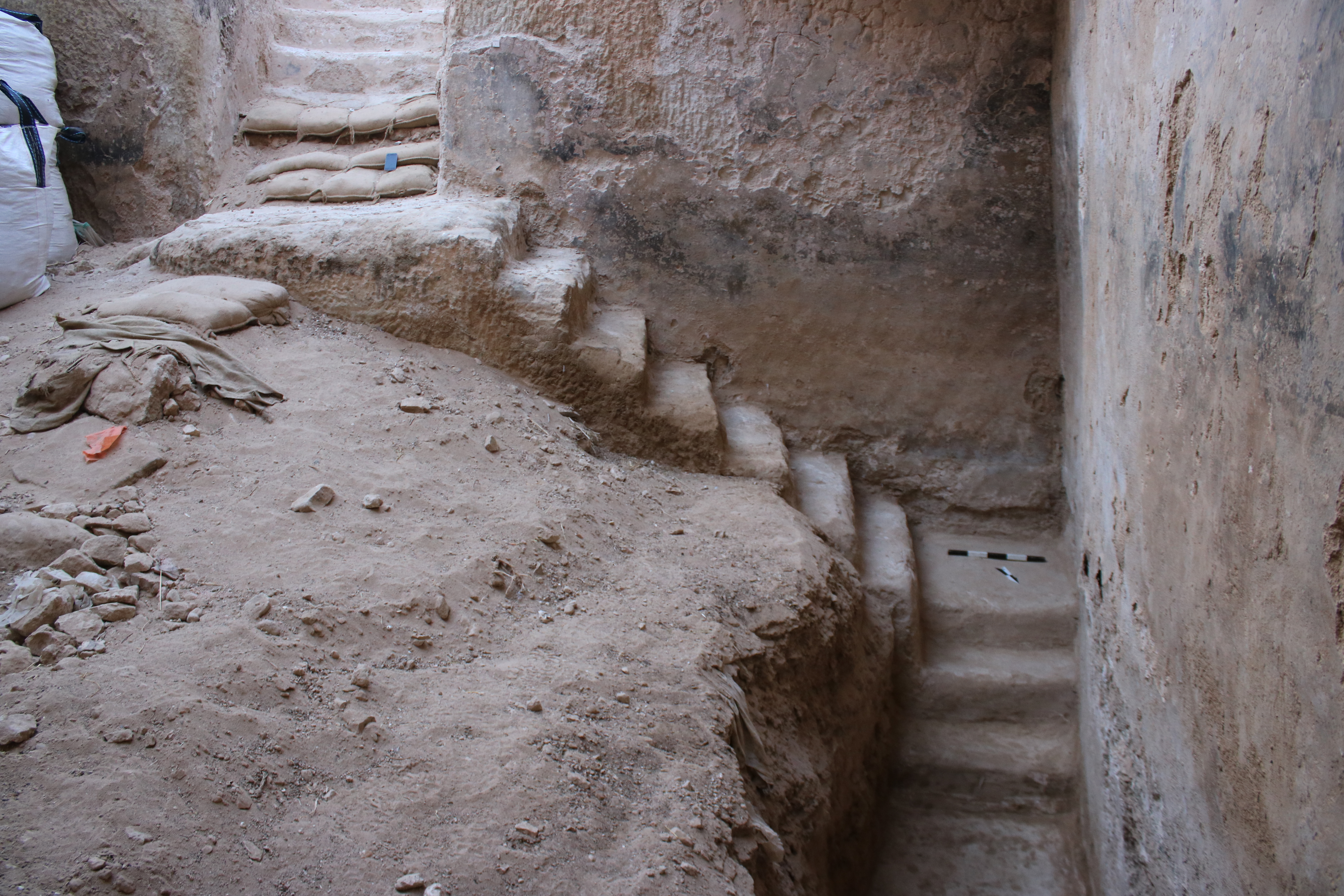
Be'er Sheva sits in the Negev desert in southern Israel. The city is in a semi-arid climate, receiving an average precipitation of only about 8 inches (204 millimeters) each year, according to the Israel Meteorological Service. The summer months are particularly dry, with no rain at all typical for June, July and August. Water storage in this environment would have been crucial.
Fading Etchings

No one knows who carved the etchings on the cistern wall or why. The lines, highlighted here, are faint after nearly 2,000 years. At the time the cistern was constructed, the region was under Roman rule. Archaeologists have discovered a Roman settlement about 2,600 feet (800 meters) from the newly-found cistern site.
Lines in the Rock
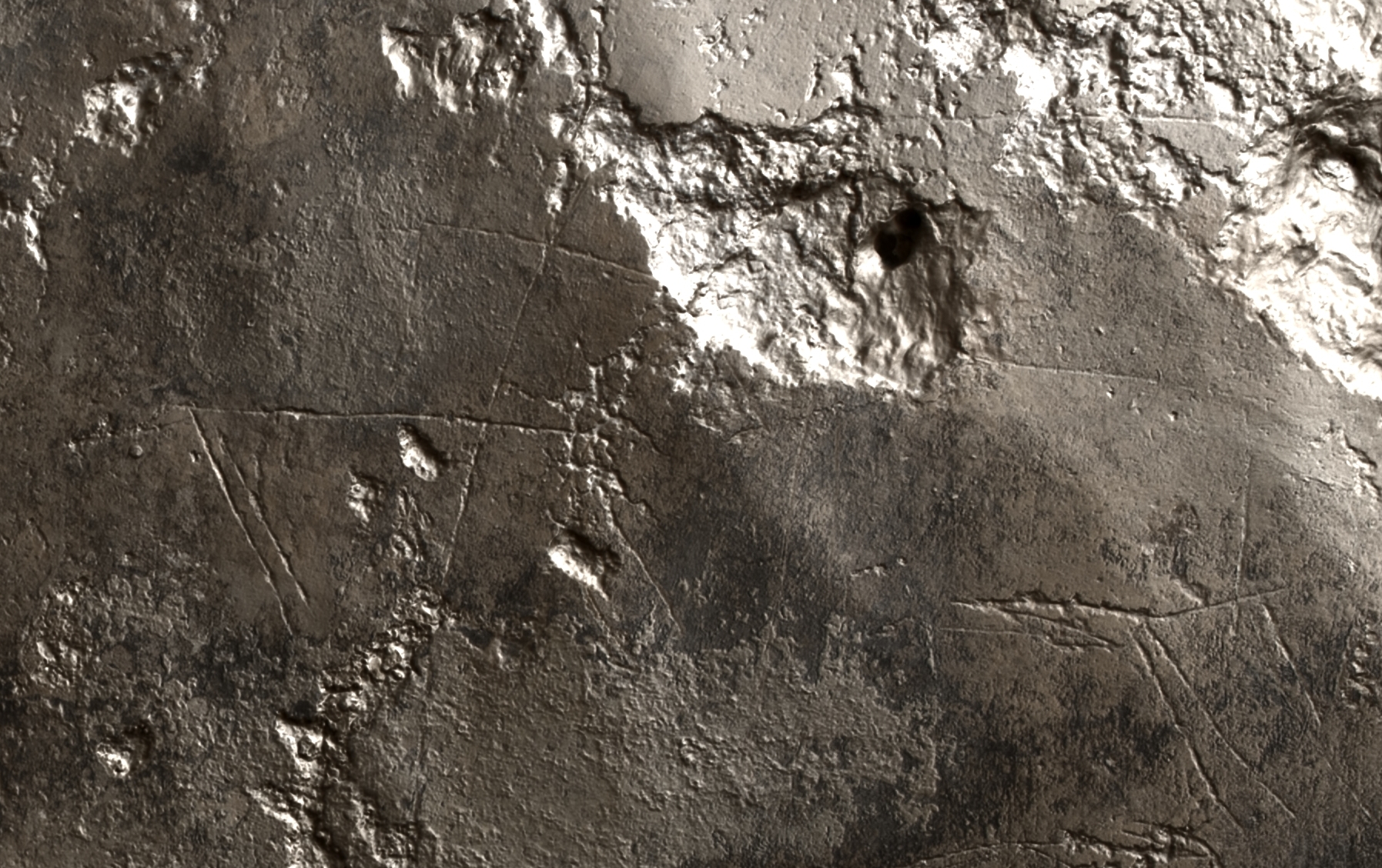
A close-up view of some of the cistern etchings from Be'er Sheva shows how subtle the ancient art is. The Israel Antiquities Authority is working to study and preserve these carvings, and the developer has agreed to make the cistern part of a green space in the newly constructed neighborhood.
Small Markings
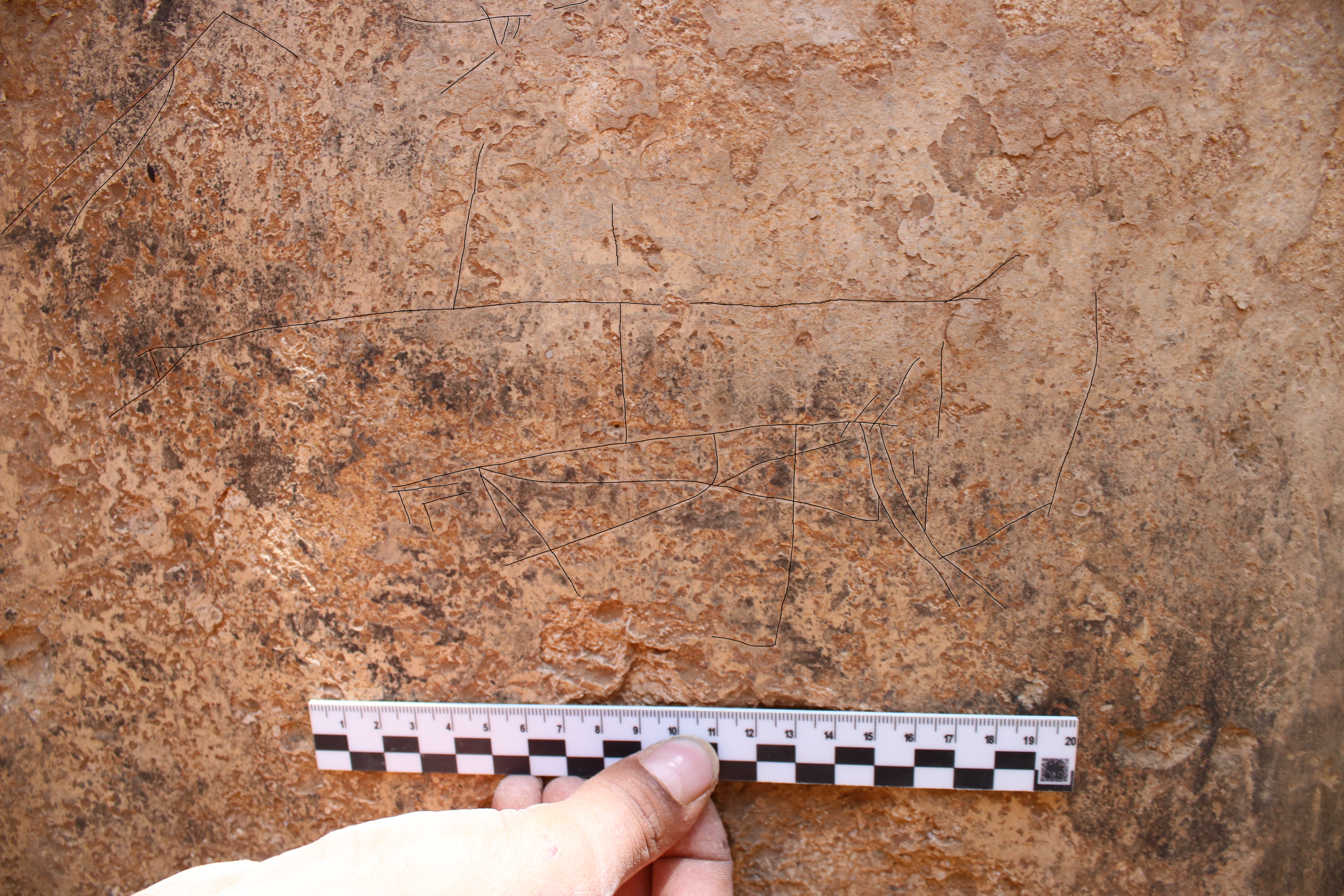
Researchers hold up a ruler to one of the carvings found in the Be'er Sheva cistern.
Get the world’s most fascinating discoveries delivered straight to your inbox.
Carved Ship
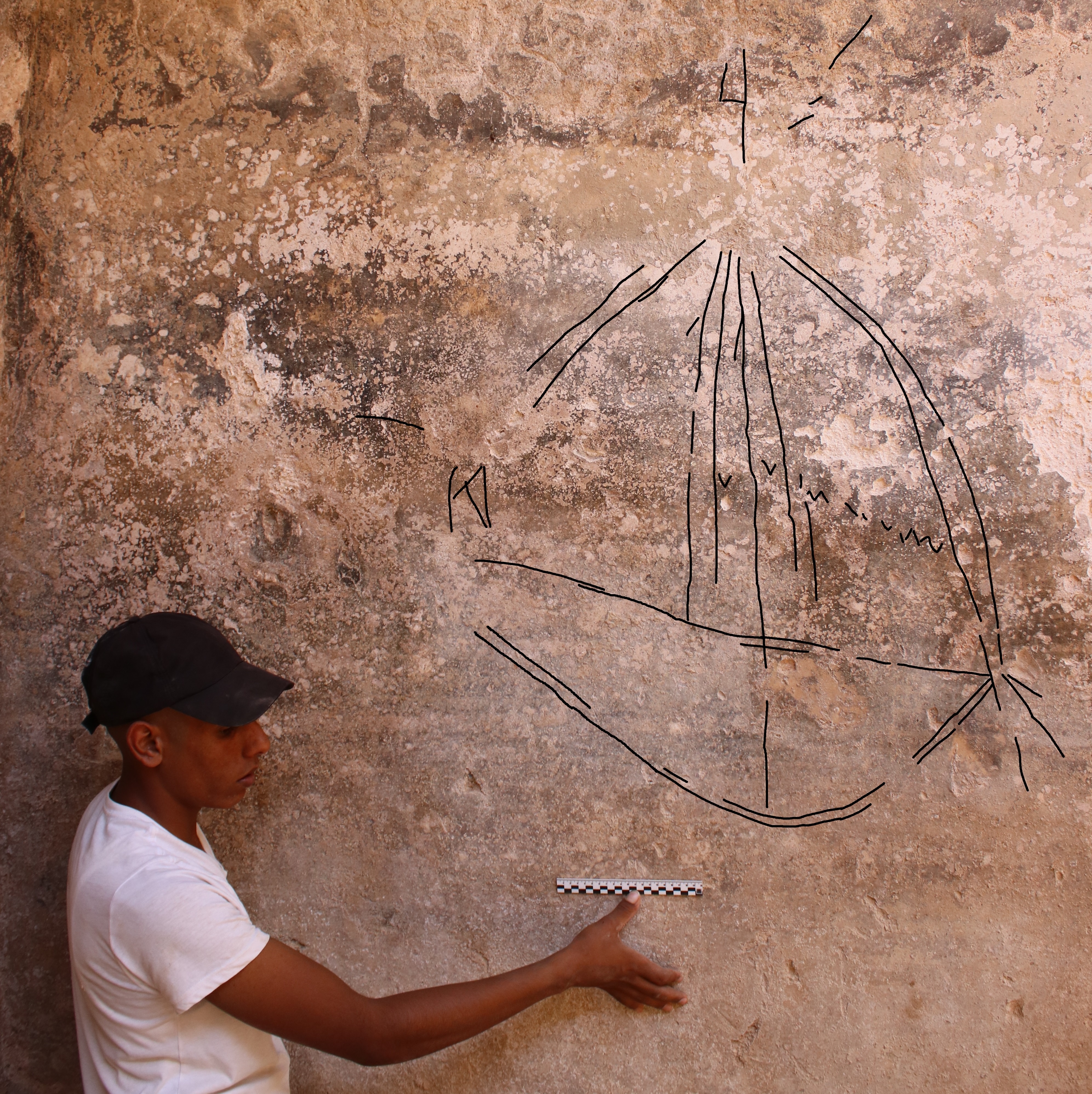
A ship with a tall mast and sails carved into the side of a Roman-era cistern in Be'er Sheva. Archaeologists think the person who made these carvings was familiar with the ships of the day, as the details are accurate.
Examining the past
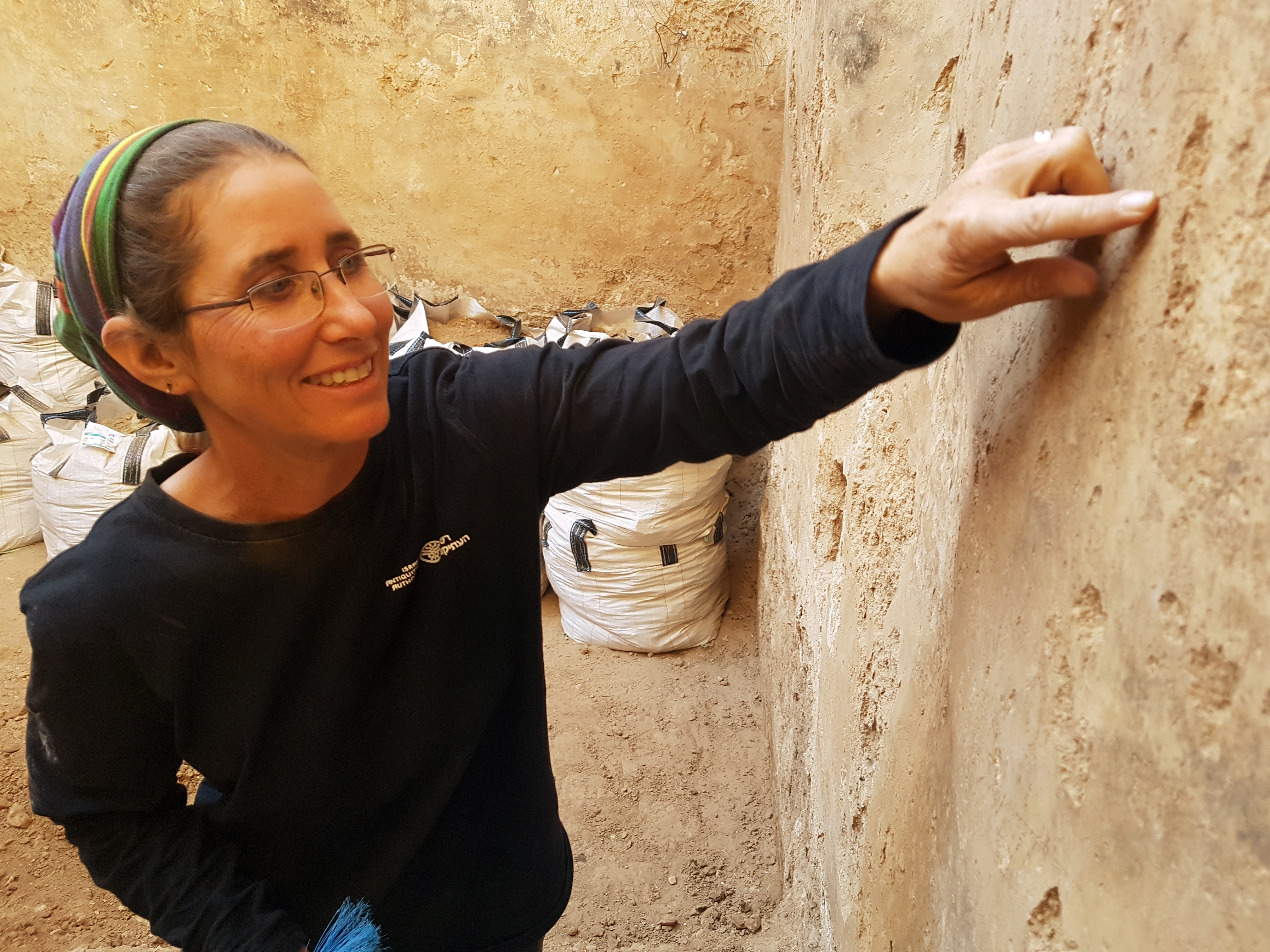
Davida Eisenberg-Degen points to a carving in the wall of the Be'er Sheva cistern. According to Eisenberg-Degen's research, there are at least 200,000 engravings around the Negev Desert, some as old as 5,000 years.

Stephanie Pappas is a contributing writer for Live Science, covering topics ranging from geoscience to archaeology to the human brain and behavior. She was previously a senior writer for Live Science but is now a freelancer based in Denver, Colorado, and regularly contributes to Scientific American and The Monitor, the monthly magazine of the American Psychological Association. Stephanie received a bachelor's degree in psychology from the University of South Carolina and a graduate certificate in science communication from the University of California, Santa Cruz.


